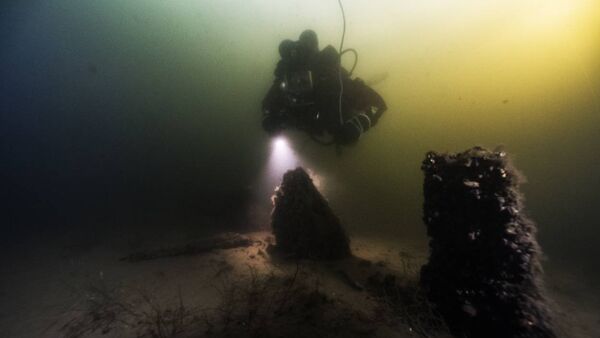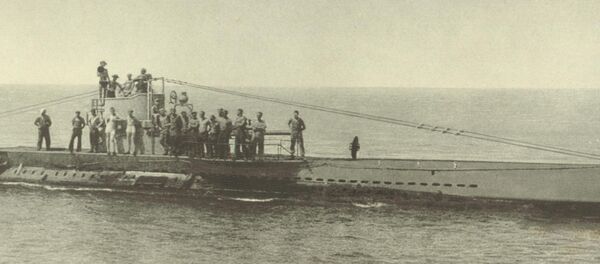The Blekinge, named after the eponymous Swedish province, was the first one to come off the stocks of Karlskrona in 1682. Last year, wreckage that was most likely the remains of the Blekinge, was encountered in Karlskrona harbor in southern Sweden, pending identification.
"It's a great pleasure to be able to confirm that this is a historically important find," Carolina Lorentzon Nilsson, CIO at the Swedish Armed Forces, said, as quoted by Swedish newspaper Sydöstran.
Southern #Sweden may have its own Vasa as historic #shipwreck is identified https://t.co/fwGGcjapcv #Blekinge pic.twitter.com/sFIutxIguV
— Debborah Donnelly (@DebbyDonnelly) February 3, 2017
Upon its launch in 1682, the Blekinge ran aground the following year and sank, yet was salvaged and resumed service for another 20 years. The Blekinge was used in a maritime campaign against Denmark in the 1700s, when Copenhagen was subjected to severe bombardment. It was 45 meters long and held 450 men and 70 cannons, which actually outnumbers Sweden's most famous battleship, the Vasa, which had 64 cannons. According to one theory, the Blekinge was sunk on purpose in Karlskrona naval port upon becoming obsolete, to become a naval stronghold. The gun deck, which remained above sea level, could be still used for artillery.
Unlike the Vasa, a fellow Swedish 17th-century warship, which sank during her maiden voyage, only to be retrieved in the 1960 and become a museum, attracting millions of tourists, the Blekinge will not be salvaged, despite that it is estimated to still be in reasonable condition. Thanks to a thick layer of sediment, the wreck remained largely unaffected by the shipping in the harbor.
#CultureTrav A4: Well, Stockholm's @thevasamuseum *definitely* is a view you'll never forget! Impressing & so well preserved. pic.twitter.com/GNDMsdPGXO
— Jens Notroff (@jens2go) November 17, 2016
"No, it will not happen," marine archaeologist Jim Hansson from the Maritrime Museum told Swedish daily Sydsvenskan about the prospects of salvaging it.
The Blekinge is similar to the warship Solen ("the Sun"), which was found in Karlskrona in 2015.
Never miss a story again — sign up to our Telegram channel and we'll keep you up to speed!





